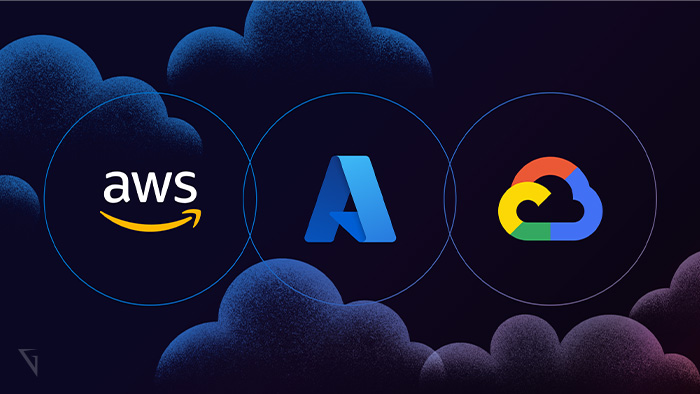How can I integrate payment gateways and process online transactions in my web application?
Integrating payment gateways and processing online transactions in a web application involves a few steps. First, you need to choose a suitable payment gateway provider that meets your requirements. Then, you can start the integration process by creating a merchant account with the chosen provider and obtaining necessary API credentials. Next, you’ll need to incorporate the gateway’s API into your web application’s codebase. This can be done using a supported programming language or by utilizing plugins and libraries provided by the gateway. Once integrated, you can implement features like accepting payments, managing transactions, and handling callbacks. It’s important to ensure proper security measures and adhere to industry standards to protect user data and prevent fraud. Regular testing and monitoring of the payment gateway are also recommended to maintain a smooth and reliable transaction process.
